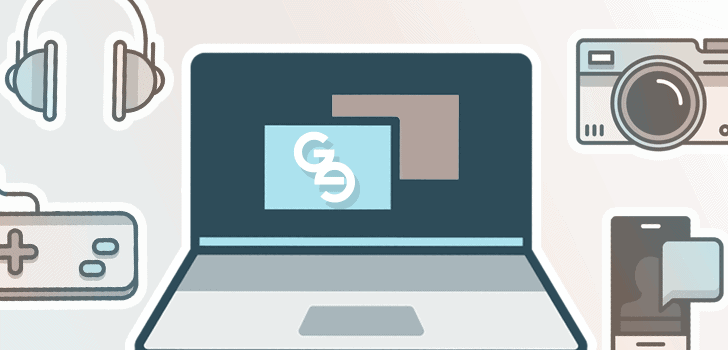Healthcare workers must wear personal protective equipment (PPE) when they perform particular tasks; these tasks may mean coming into contact with blood or other bodily fluids, which could carry infectious material or agents.
Most of us are already familiar with PPE like gloves, masks and gowns and in recent years, hospitals, care homes and nurseries have started to use single-use items from companies like Regal Disposables. These disposable aprons, gloves and so on reduce the costs and labour involved with laundering reusables and also help to reduce the incidences of infection.
It’s important to use this PPE properly
PPE will only protect you and the people you work with if you put it on, use it, then take it off and dispose of it correctly. If you don’t follow procedure, you increase the risk of passing on infection.
When workers need to wear PPE
Each setting will differ slightly according to the nature of the work; every employer will have its own procedures, of course, but healthcare workers will follow broadly the same protocol.
Disposable gloves
This type of PPE is needed when you’re performing a task or procedure that carries the risk of contact with body fluids, contaminated instruments, broken skin and potentially harmful chemicals. You shouldn’t just don a pair of gloves “to be on the safe side” as sometimes they can get in the way. They’re used when there’s:
- risk of contact with body fluids like blood, vomit, saliva or urine;
- contact with patients’ mouth, nose, eyes, lips, ears or genitals, or with instruments that have been in contact with these areas;
- contact with a cut or open wound, and
- contact with harmful or hazardous chemicals.
Your disposable gloves should fit closely and comfortably, be changed between patients and/or between different tasks and be worn just once.
Once the task is completed, you should remove the gloves, taking care to avoid touching the outer surfaces, before following the appropriate disposal procedure. You should then wash your hands or use gel.
Disposable aprons
You won’t need an apron for all aspects of care, like helping someone to get dressed, but you’ll need one when you’re:
- performing a task that involves the risk of contact with body fluids;
- helping a patient with personal hygiene, and
- cleaning and tidying the patient’s room.
As with disposable gloves, you should perform hand hygiene before putting on an apron and after disposing of it.
Putting on and removing PPE
Broadly speaking, the procedures for donning and removing disposable PPE are the same wherever you go, although some institutions may have their own variations.
Disposable gloves
Choose the right size and type, perform hand hygiene, then pull on the gloves to cover your wrists. When removing the gloves, take hold of the “first” glove with your other (gloved) hand and peel it off. Then, while holding the removed glove in your hand, insert a finger into the lip of the remaining glove and peel it off. Make sure you don’t touch its outer surface and throw both gloves in the clinical waste bin before cleansing hands.
Disposable aprons
Aprons should be changed after you’ve completed care tasks with each patient.
To put on, pull the apron over your head and tie it behind your waist. To remove it, break or unfasten the ties and pull it away from your neck and shoulders. Make sure you don’t touch the contaminated outer surface and roll the apron into a bundle before throwing it in the clinical waste bin. Then, as ever, perform hand hygiene.
Photo: DFID
